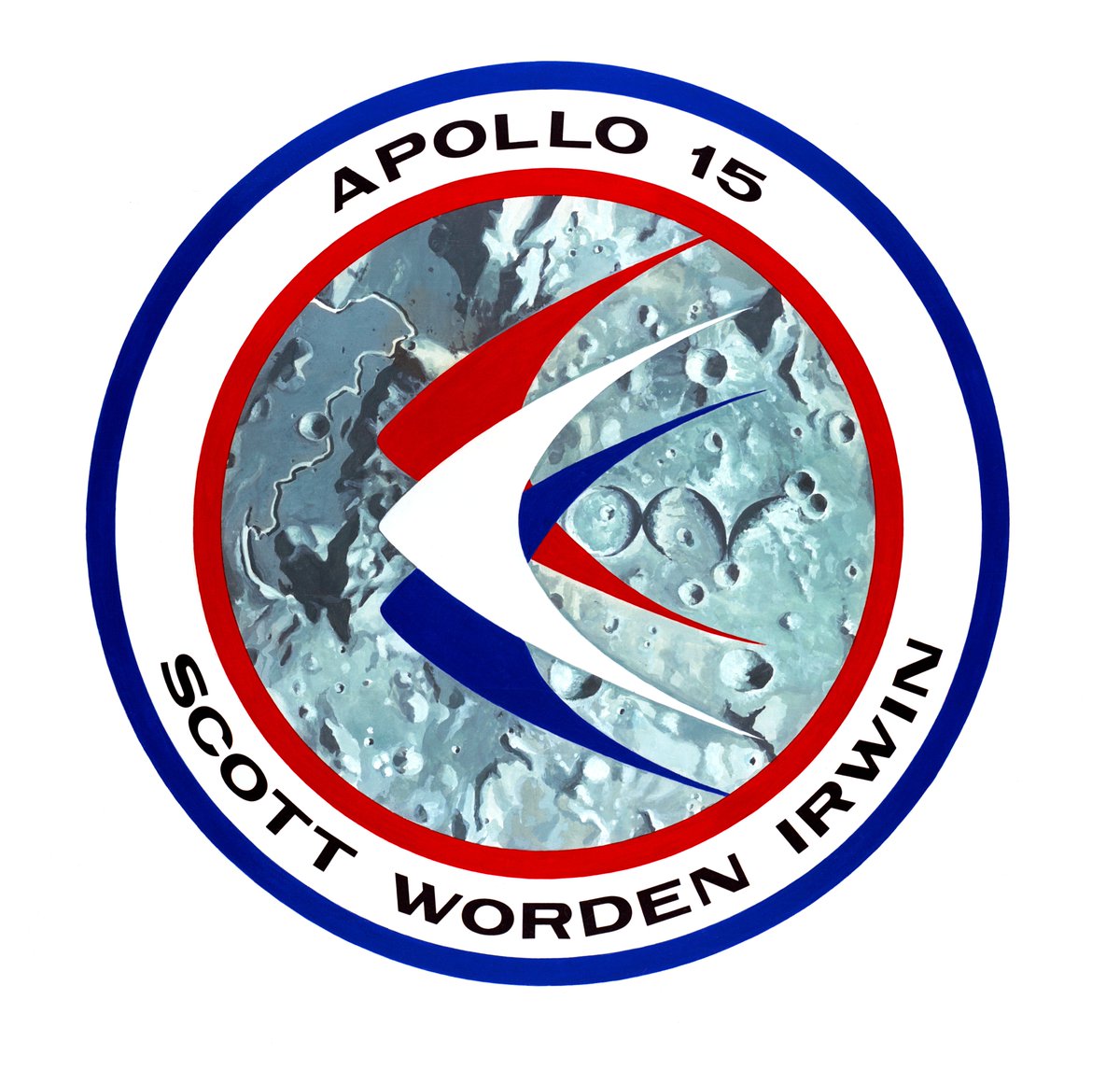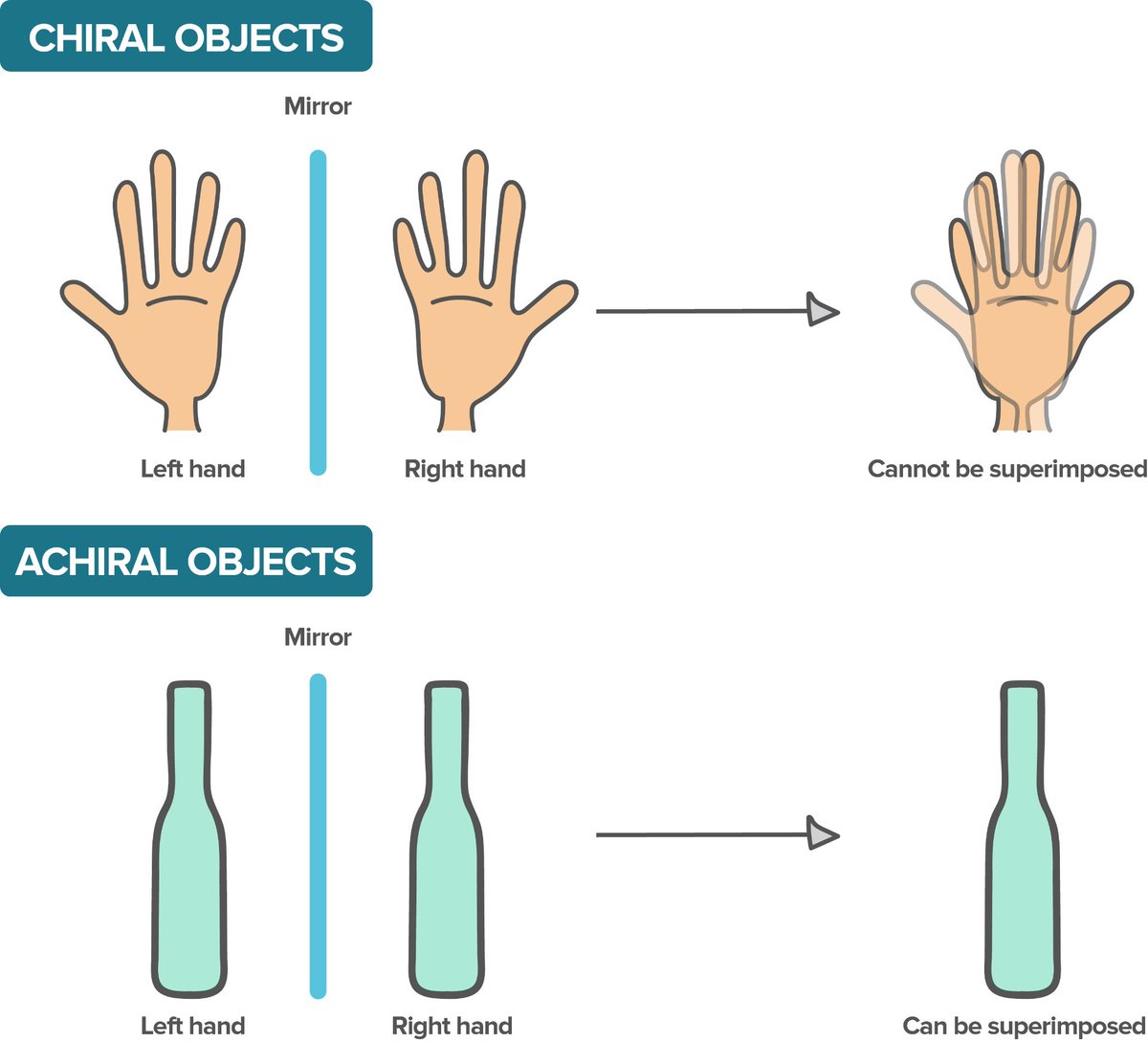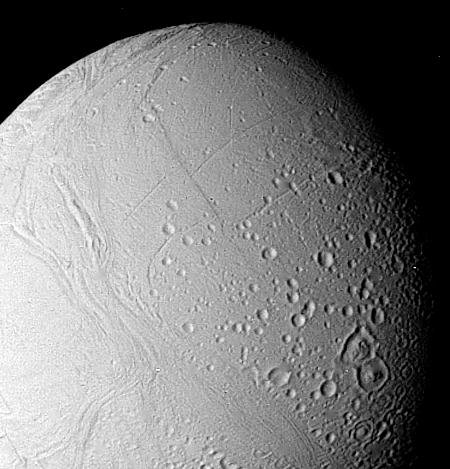
The mission patch was based on a design from well known Italian fashion designer, Emilio Pucci. The design has three stylized birds flying over the Hadley-Appenine landing site with the crew names on the lower part of the outer border. 

In an early version of an Easter egg, the crew snuck a Roman numeral XV into the crater shadows. According to a story I heard from one of Al Worden's @ExploreSpaceKSC presentations, NASA discouraged Roman numerals on the Apollo patches, thus the hidden nature.
Before his passing last year, @WordenAlfred was a regular astronaut host at @ExploreSpaceKSC giving presentations guiding tours and being an affable ambassador of the Apollo program to a new audience. 

@ExploreSpaceKSC Before his passing last year, @WordenAlfred was a regular astronaut host at @ExploreSpaceKSC giving presentations guiding tours and being an affable ambassador of the Apollo program to a new audience. 

• • •
Missing some Tweet in this thread? You can try to
force a refresh













